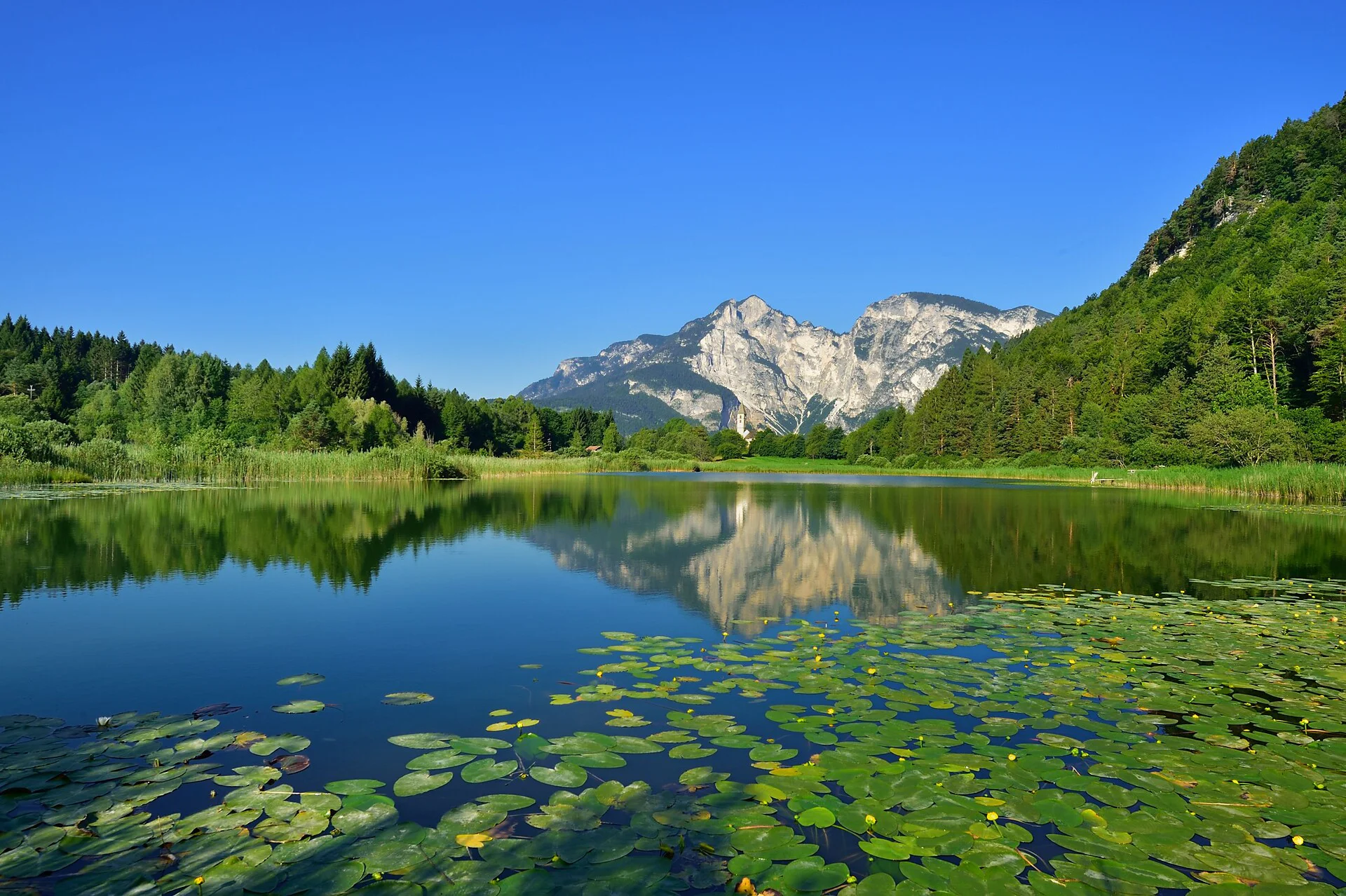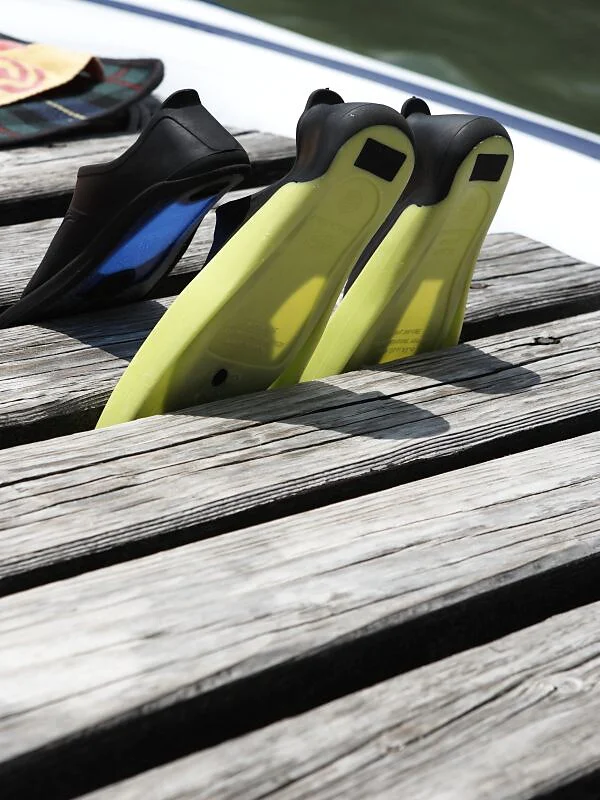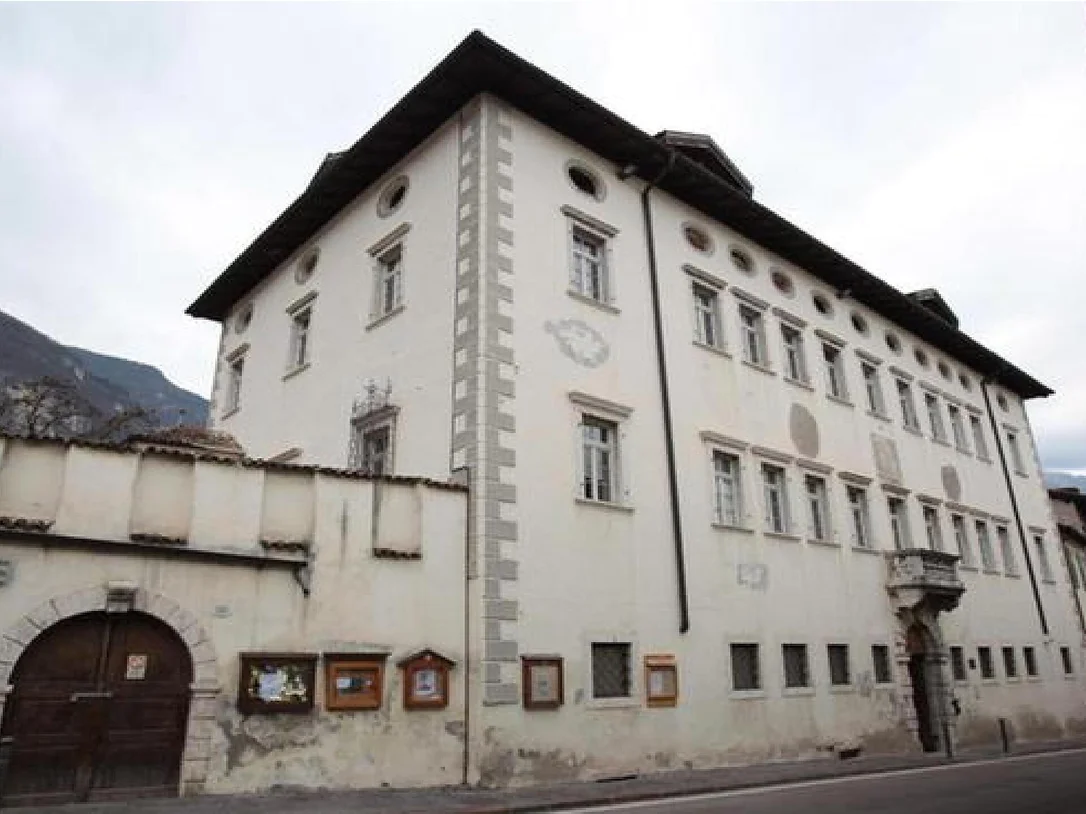The Capuchin monastery and its small church were built between 1617 and 1620. The church has a simple design in accordance with the style and regulations of the Capuchin Order: simple in terms of furnishings, bare walls, barrel vaults, and a side chapel on the south side. The high altar is dedicated to the Sacred Heart. The pulpit and the side altars are neo-Romanesque and date back to the 19th century. The altar of the side chapel contains a statue of the mother of God with Child from the middle of the 16th century, which is said to have miraculous powers. Between 1999 and 2003, the whole complex was carefully restored. In the little church, this also led to the renewal of the windows and the benches, which – in harmony with the surroundings – are now simple and linear. Thus, the light penetrates through seven beautiful glass panes that seem to communicate with the faithful through their symbolic meaning of colors and number.


















































































